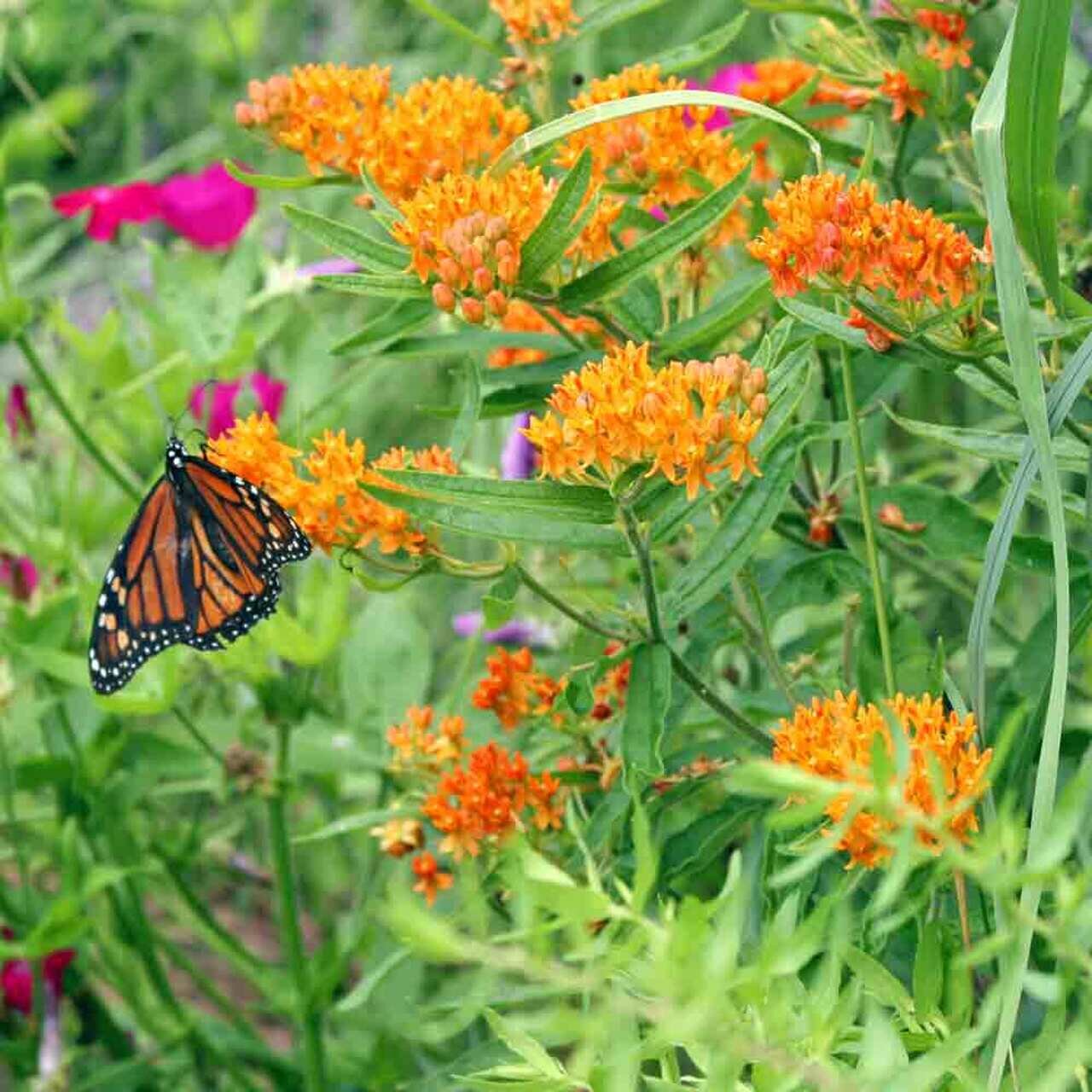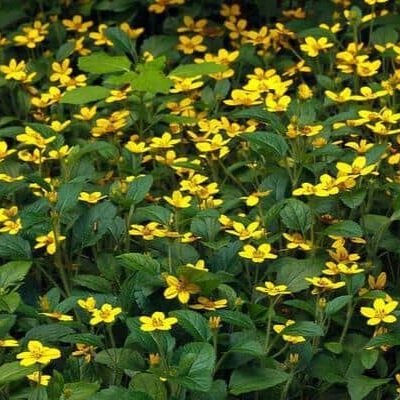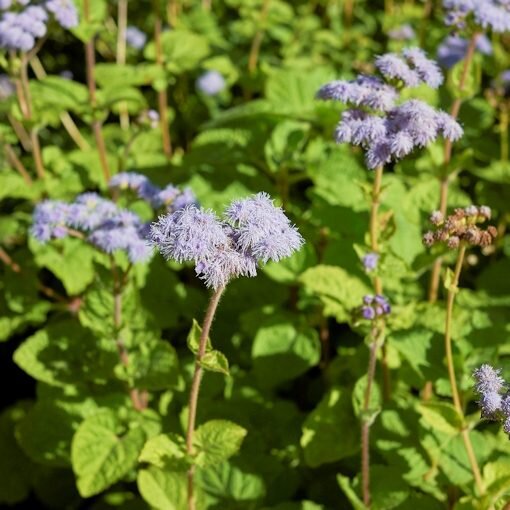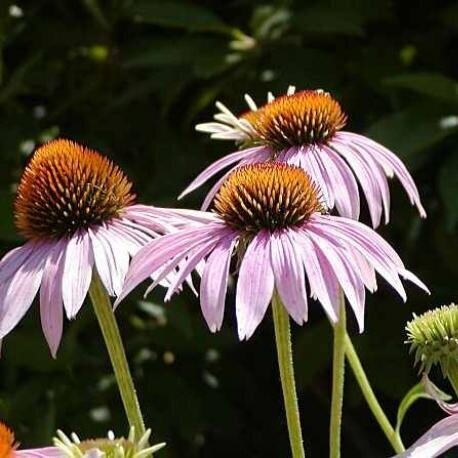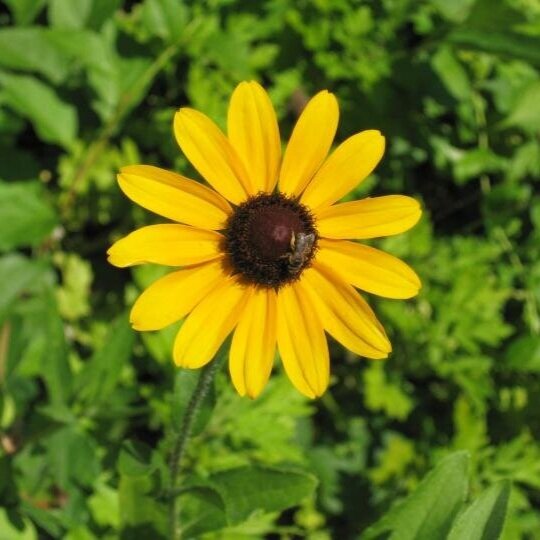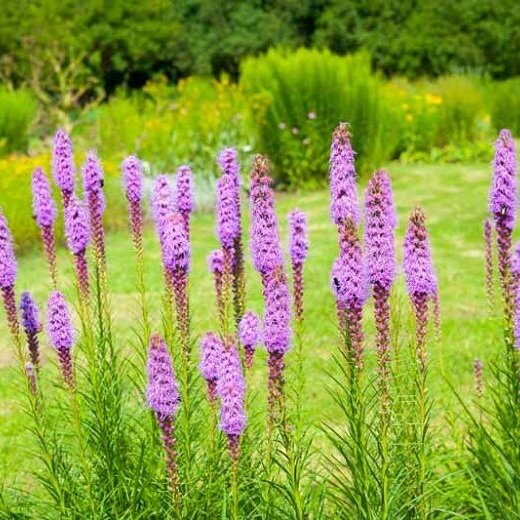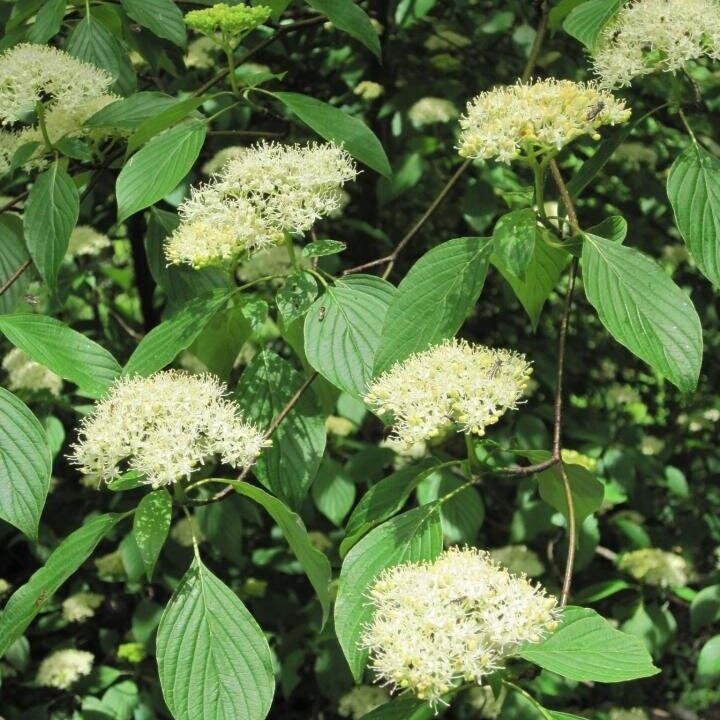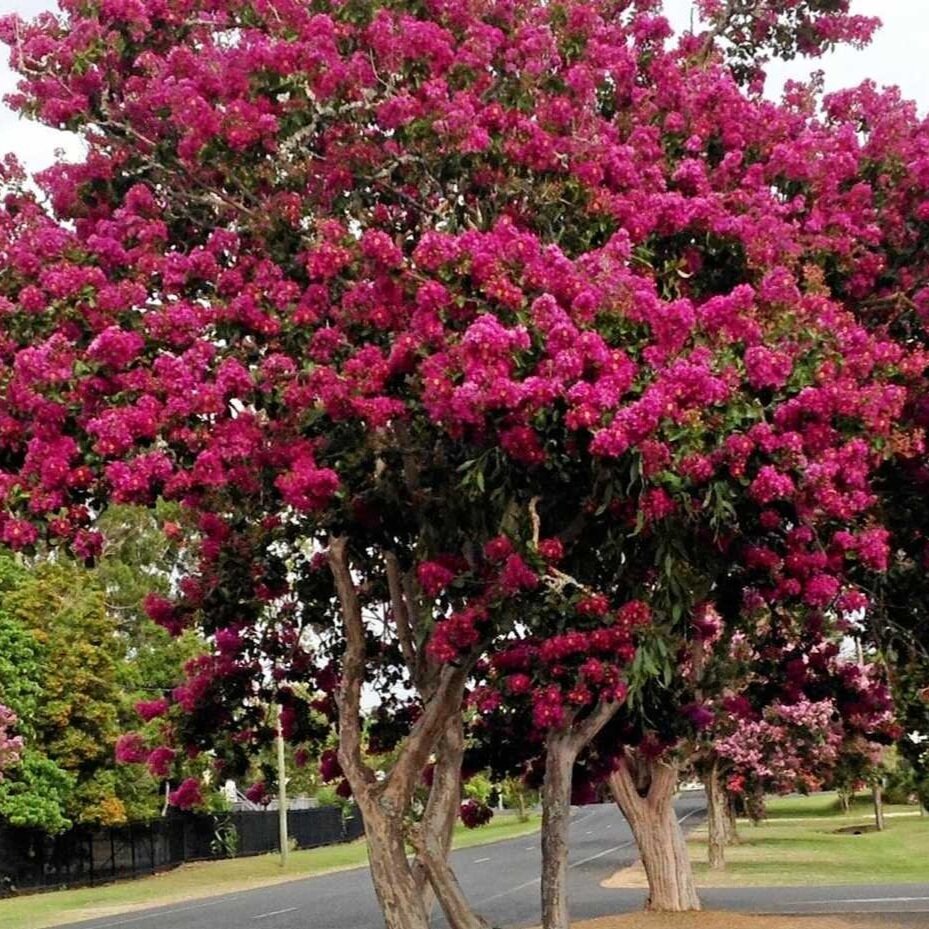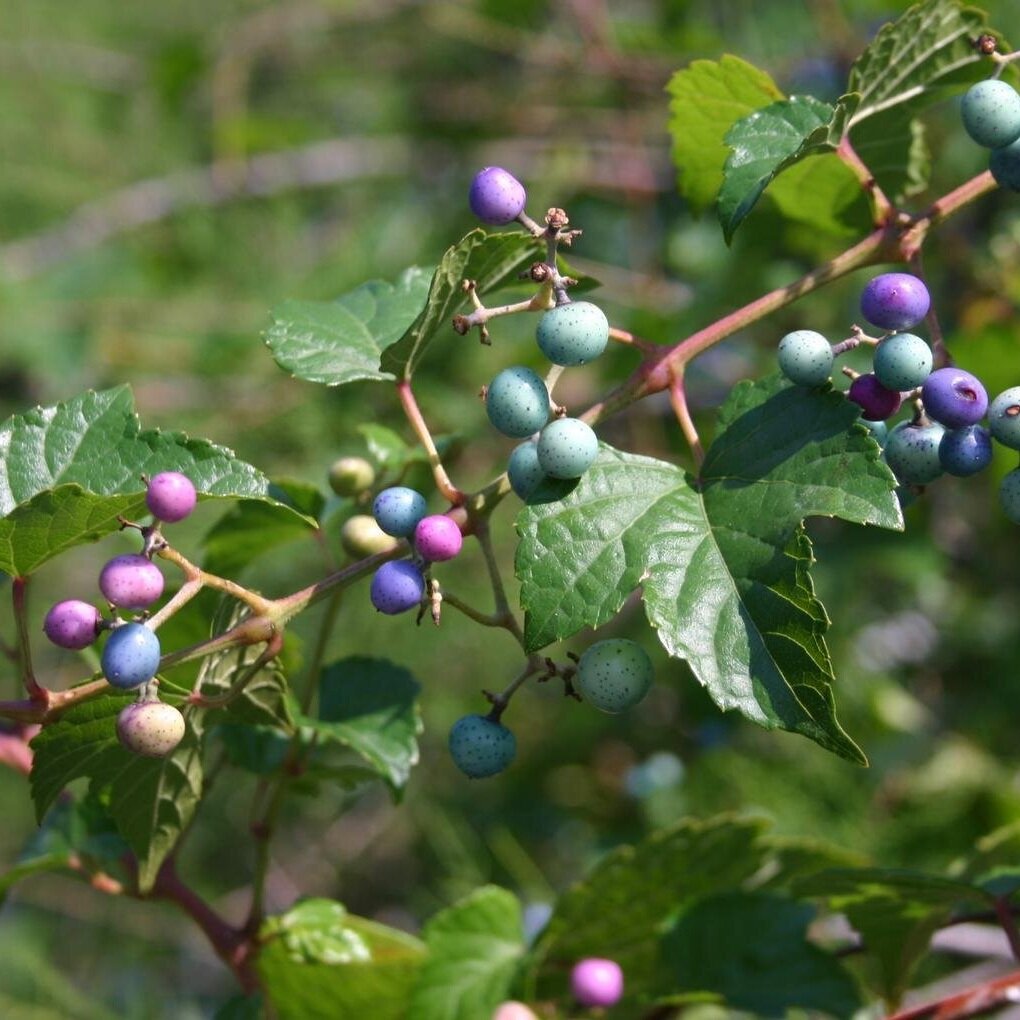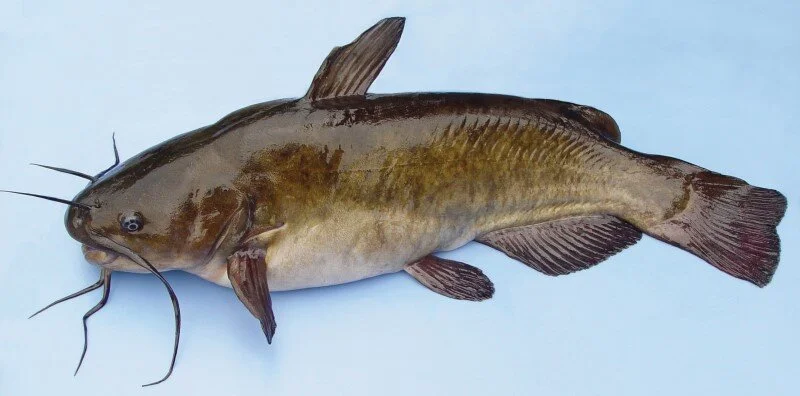
BLOG
Dawn Taft Has Gardening Advice
Dawn Taft is the City of Hyattsville’s Manager of Environmental Programs. She’s an ISA certified arborist, horticulturist, Chesapeake Bay Landscape Professional and her extensive experience in Prince George’s County means she’s an expert in local flora and fauna.
Dawn didn’t intend to make a career out of her love of plants. After 17 years in the office at Melwood Horticultural Training Center, she decided to put her accrued knowledge to use and get certified as a horticulturist. She was sponsored by Melwood to obtain this certification through The Maryland Nursery, Landscaping, and Greenhouse Association (MNLGA). A few years later, Melwood needed an arborist at Fort Meade–so Dawn got that certification as well. Now she works for the City of Hyattsville. She’s still in an office sometimes but spends much of her time around Hyattsville handling native planting, soil retention, invasive species removal, public landscaping, tree maintenance, and more.
Consequently, Dawn is in a unique position to be an expert in Prince George’s County flora and fauna. We picked her brain for gardening tips and tricks, so come this spring your landscaping can be beautiful, low maintenance, and environmentally friendly.
Why is it so important to plant native plants? Without native plants, we cannot support our native wildlife.
Scenario 1: Native Oak Tree
A native oak tree is planted. The oak tree is home to over 500 different caterpillars and other species of insects which help to feed and support our native wildlife. These insects are fed on by native birds and small animals. The native birds and other small animals are fed on by larger birds of prey and other natural predators. As a result, local wildlife populations are kept in check at their natural levels and local flora and fauna flourish.
Scenario 2: Non-Native Amur Bush Honeysuckle
These shrubs spread uncontrollably, choking out native plants. Additionally, the dense cover of the Bush Honeysuckle provides shelter for potential food sources such as field mice, voles, and rabbits. Wildlife and birds of prey are unable to reach these ground dwellers, and populations suffer because of the lack of available food. This prevents the establishment of native flora and fauna and contributes to wildlife decline.
There are benefits to planting native this spring beyond the environment–native plants need less work, as they are built to thrive in this area without help. That means less watering, and you can worry less about the amount of direct sunlight or types of soil you are planting in. If you are interested in including native plants in your landscaping, Dawn has some suggestions.
Plants to Look For
Plants to Avoid
Inspired to start planting native? Here are some resources:
Dylan Tuttle Proves Age is Just a Number
At 6 and a half years old, Dylan has done more for the community than many adults. With the help of his mom, Meaghan, he regularly organizes community cleanups around his neighborhood of Fort Washington. He advocates for recycling. He gardens. He’s curious about the world around him, and together with his family, they research ways to put his passion for being green to work.
An Interview With Dylan
What made you want to do a trash cleanup?
I really like animals, so I wanted to keep them healthy. So I clean up as much trash as I can.
What are your favorite animals that live in Prince George’s County?
I like grey squirrels. My sister and I are also obsessed with deer. And there are a lot of bald eagles and turkey vultures that have been coming around recently.
What do you need to clean up trash?
You need grabbers, trash bags, and a plan to where you are going to go.
Do you do any gardening?
Yes, I garden and plant with my family. I love blueberries, cucumbers, and pumpkins best (for pumpkin pie). This year we planted a pollinator garden to attract hummingbirds. I really want to see a hummingbird, I’ve never seen one before.
What is a pollinator garden?
A pollinator garden has a lot of flowers for hummingbirds, bees, wasps, ants, butterflies, and moths, But not Kinkajou because they aren’t native to our habitat. A garden for bees is very important because they protect the flowers and help them grow. I learned all about bees when I went to my aunties bee hive!
Hear Dylan and his sister talk about their experience at the beehive!
Do you have any fun facts about bees?
Worker bees can only sting once! That’s why there are always reinforcements. And in the winter, hives kick out the drones (males) and close up the holes in the beehives to keep warm.
What are other places you learn about the environment?
My favorite show to watch is The Wild Kratts. We love the NatGeo series on Disney+. I also get books from the library, like Jerry Pallotta’s “Who Would Win?” series. We love podcasts, like But Why, Wow in the World, Smash Boom Best, and Cool Facts About Animals.
We also have our own podcast! It’s called “What Are You?”. We have a color spinner and it has different animals. Each week we spin and land on an animal. Then we watch a documentary (usually on YouTube) and go to the library to learn about the animal.
What are your favorite places to go in your neighborhood?
We go to Huntley Meadows Park, Captain’s Cove Park, and Fort Washington Park. We also go to the National Zoo and National Aquarium to see the animals we learn about!
Dylan is a brilliant, inquisitive kid, and we love talking to him–but we also wanted to hear from his mom, who works hard to encourage Dylan and his siblings to embrace their curiosity!
Meaghans’ Tips for Parents
As you can tell, Dylan’s mom works hard to encourage Dylan’s love of learning. When Dylan discovered his passion for all things environmental young, she gave him the support he needed to learn and grow his passion. Here are three tips she gave us for parents of kids who want to learn about, and help, our environment:
Get outside! This is especially important in the era of virtual schooling. Meaghan takes Dylan and his siblings to local parks to explore, and on longer day trips to national parks and outdoor sights. It helps the kids work off some energy, and learn about the world around them in a hands-on setting. At home, they embrace nature in their garden.
Take advantage of the library! The local library keeps the Tuttle’s supplied with books, movies, and more, as well as hosting events virtually. The resources are all free, and green–since they are all shared within the community, rather and used and discarded!
Let your kids lead the way! Dylan found a fascination with animals early on, and Meaghan gave him the support, information, and encouragement to pursue his passion. When Dylan wanted to start cleaning up parks, Meaghan gathered the supplies, friends, and information needed to do so safely. Her backing of Dylan’s ideas and goals has kept her family learning about and working for the environment.
Other Resources for Parents and Kids
The Prince George’s County Department of Parks and Recreation
The Environmental Protection Agency (EPA)
The World Wildlife Fund (WWF)
Norberto Martinez Loves Langley Park
When we asked Norberto Martinez what his favorite part of Langley Park is, his answer was simple–the people. As founder and Executive Director of the Langley Park Civic Association, he is driven by his love for the people of Langley Park to improve the community and its neighboring jurisdictions. With the help of other passionate citizens, Norberto and his team have organized clean-ups, planted trees, distributed meals, financial assistance, and toys to families impacted by COVID-19, and so much more. And Norberto has other big plans–like testing the local creek, and creating a community garden.
Norberto Martinez, 2nd from the right.
The Langley Park Civic Association started with just a few activities, thrown by Norberto himself. In particular, Langley Park Day, started by Norberto and the Langley Park Community Center 8 years ago, became very successful. It combined a festival with cultural performances, a community resource fair, and food vendors. The celebration grew year after year. He also started a health fair to educate citizens on the resources available.
Putting together an official nonprofit organization is a lot of work, but essential to Noberto’s plans. The Association’s 501-c3 status opens them up to tax incentives, funding, and gets them more recognition from other community leaders.
If you have a dream of improving your community like Norberto, here are some tips to get started:
Choose your mission. For Norberto, it is to improve Langley Park and the surrounding areas. While his goals grow and change, his mission always stays the same.
Find a group of people who believe in your mission. It can be hard to go at it alone–whether it's a group of friends or an official organization, joining up with like-minded people gives you more hands to make change and more resources to use.
Engage with the government. Much of Norberto’s work involves working with the county and state government to get funding, resources, and push for the important changes he wishes to see in his neighborhood.
Don’t be afraid to go big. Langley Park Day is a big undertaking, and Norberto started it virtually on his own. But he knew he could pull it off (although it would be a lot of work) and that it would be important for the community.
Focus on the victories. Norberto is the first to admit that he has hit roadblocks in his journey, but they are far outweighed by the successes. The struggles are well worth it when he is able to provide Christmas toys and rent relief, or watch as the streams slowly become cleaner and healthier.
Now more than ever, working to help our neighbors is essential. Even small changes echo through the community.
Want to support the Langley Park Civic Association? Start here!
Bill Walmsley Made a Difference (and So Can You)
Sometimes, you just have to do a job yourself. That’s what Bill Walmsley did when he saw that his local wetlands were full of trash. So with garbage bags and a trash picker, he started to clean.
Sometimes, you just have to do a job yourself. That’s what Bill Walmsley did when he saw that his local wetlands were full of trash. So with garbage bags and a trash picker, he started to clean.
Bill was battling centuries of heavy pollution and litter. The Patuxent River basin is 900 square miles, covering much of the area between Baltimore and Washington DC. Consequently, urban sprawl has caused the health of the river and its surrounding wetlands to suffer. Despite the history of pollution in the area, the watershed is home to many resilient and unique species. But who knows how long the creatures of the river will hold out—two-thirds of the brown bullhead catfish, an environmental indicator species, have tumors.
Bill wanted to do something for them—the catfish, the river otters, the osprey. So he spent his weekends cleaning their home.
Most people don’t think about what happens to the trash on the side of a highway, or along a walking trail. But when it rains, that trash gets caught in the runoff and ends up in our wetlands, rivers, and bays. Eventually, it ends up in our oceans. Bill thinks about this—so he broke the chain. He started picking up the trash along the trail he walks his dog on every day. He eventually officially adopted the trail—although he goes above and beyond what is required of him.
Around 2012, he began recording how much trash he picked up on his daily walks.
Now, in 2021, Bill Walmsley has picked up over 6,000 pounds of garbage from the wetlands and trail. That is roughly the size of 5 grizzly bears, or half an elephant. In 2020 alone he picked up 975 pounds of trash (a 15% increase from the year before).
That’s a 6,000 pound burden that the creatures of the Patuxent are relieved of.
It’s incredible talking to Bill. His passion for the natural world is forceful. He cares deeply for his trail and its wetlands, and his love has resulted in action. He shared some no-nonsense rules with us.
Stop littering.
When you see litter, pick it up.
Clean up after your dog. (Fecal waste contaminates the water.)
Do something for the Earth on Earth Day.
Don’t wait for someone else to take action. Grab a trash bag and start a cleanup yourself.
Shop responsibly. You don’t need plastic bags. You probably don’t even need a receipt.
Whenever possible, avoid individually packaged food.
Start a garden.
The wetlands and trail Bill loves so dearly have seen marked improvement since he first took up his one-man crusade. It’s still an uphill battle—one man’s battle against many people’s carelessness—but Bill has made a big difference in the lives of the Patuxent’s wildlife.
Bill’s story is a lesson in choices. Are you going to be someone who dumps garbage on the side of the road, and tosses bottles in the river? Or are you going to be like Bill and take responsibility for our collective actions and works to undo the damage?
Grab a garbage bag and a trash picker. We have a lot of work to do.
Anupama Mahajan Has Her Students Lead the Way
Anupama takes Central High’s mantra of “students lead the way” to heart. When it comes to her green program, she’s along for the ride.
Anupama Mahajan’s enthusiasm for her job and students is contagious. She has a masters degree in both physics and education, and is currently teaching international baccalaureate (B) environmental science and biogeochemical science at Central High School. She loves the sciences because they are hands-on. She takes her students for frequent outdoor excursions. The best way to learn about the environment, after all, is immersing yourself. Anupama also heads up Central High School’s Green Team to great success. In 2018, Central High School was awarded the State of Maryland Green School Certification.
In 2019, Anupama received the Unsung Hero Award for her commitment to environmental literacy.
Anupama takes Central High’s mantra of “students lead the way” to heart. When it comes to her green program, she’s along for the ride. The students plan and execute the programs. When she discusses the work her students have done, she’s full of pride. Her Green Team is conscious of the world around them and determined to make a difference. What starts in the classroom spirals through the community. She fondly recalls one student lobbying the manager at his after-school job to properly recycle. His success at the popular fast food chain likely kept thousands of pounds of recyclable material out of the landfill.
This story is one of many success stories of Anupama’s program. Her philosophy revolves around instilling confidence in her students. In her words, “I don’t give advice. I advise them to find solutions.” And they do. On the precipice of adulthood, many teens are full of ideas about how to change the world, but wary to speak up. They just need someone to give them a push. Anupama gives them the freedom to explore their own solutions outside a rigid curriculum. (That’s not to say she doesn’t suggest programs. She frequently experiments with things at home, like plant cuttings and compost, and then shares her results with her students.) “Student’s are full of amazing solutions,” says Anupama. “I just listen.”
Anupama’s students have enacted many programs at the school with her support, and the support of local organizations like the Alice Ferguson Foundation:
Gardens: Anupama’s students took to gardening like fish to water. They planted large beds of flowers and vegetables for harvest, and to attract and foster important pollinators like bees and butterflies. Anupama’s students even voluntarily kept the garden running, even during the summer and COVID-19.
Composting: The Department of the Environment selected Central High’s application to be a composting pilot program, and Central High began composting their food scraps.
Community cleanups: Working with the Alice Ferguson Foundation, students organized a cleanup of school grounds and the surrounding community and natural area. They picked up a combined 13 bags of recyclable material, 6 bags of trash, and 4 tires.
Legislative action: When Anupama brought in photos from areas in the County with severe litter problems, her students organized a letter-writing campaign to the local legislature. Another student, bothered by a lack of recycling bins around the playground, approached a local councilwoman and made a change.
Trash audit: Working with the Alice Ferguson Foundation, students examined Central High’s trash and made a plan to reduce the amount of trash produced by the school.
Cafeteria recycling: Anupama’s Green Team distributed recycling bins to classrooms and the cafeteria.
Teaching: While COVID-19 interrupted her plans, Anupama says that once they are able, her students will visit the local elementary schools to teach them about trash reduction, recycling, and organizing community clean-ups.
At the core of Anupama’s philosophy is taking ownership. By providing her students with the knowledge and resources they need, she can watch them go out and make a real difference in the world. They take ownership of their land, local issues, and the education of those around them.
Interested in enacting programs like these at your school? Let us know what we can do to help!
